You are here: Picturesque townsPraiano, the timeless jewel of the Amalfi Coast
Written by (Massimiliano D'Uva), Saturday, September 27, 2025 2:55:52 PM
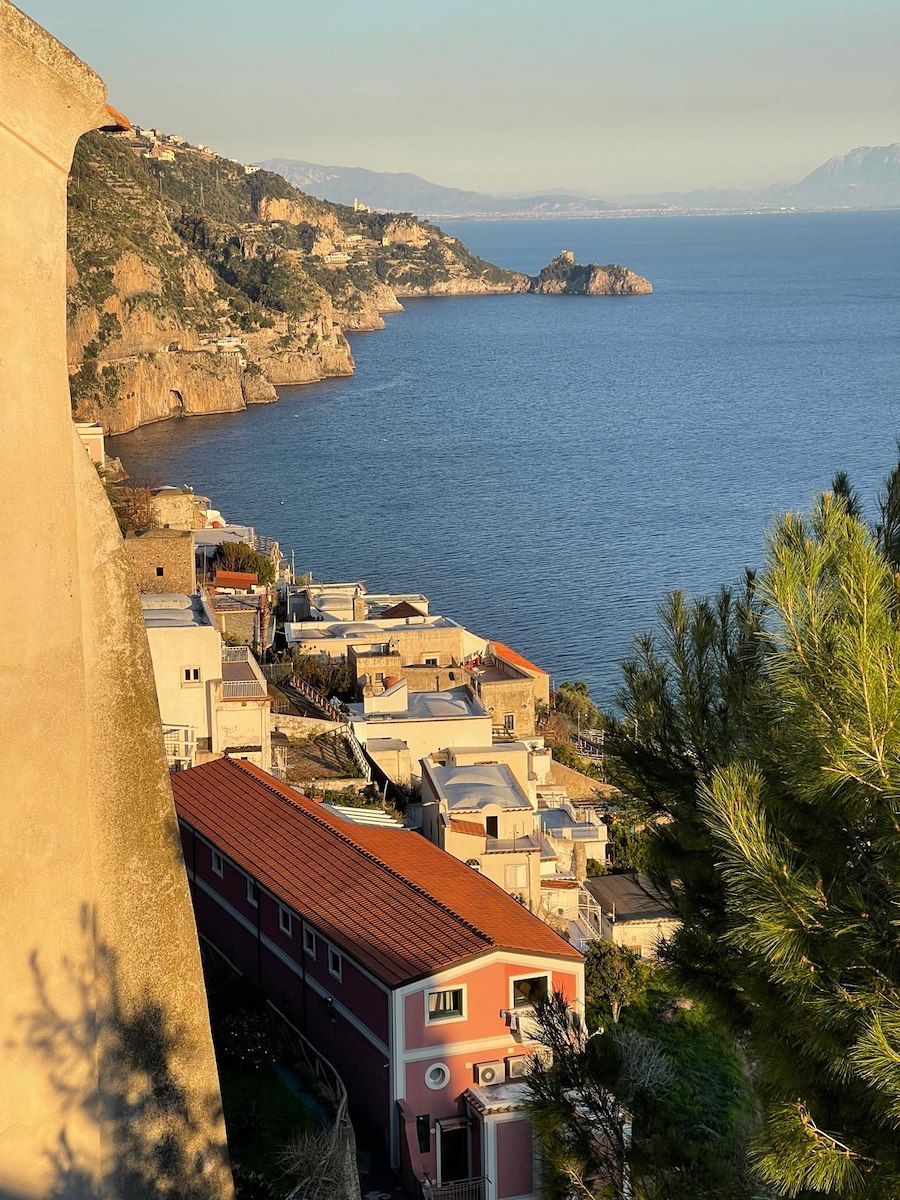
"Words can hardly describe the sunset as seen from this place, where the great planet offers a surprising and unique effect of light; appearing like a glowing sphere descending slowly toward the horizon, into a vast sea that seems to be made of both fire and light, almost saluting with its final rays the islands of Capri and the Sirens. The following morning, dawn rises in an abyss of light, its first purple rays touching the peaks of Mount Trivio."
Matteo Camera - "Historical and Diplomatic Memoirs of the Ancient City and Duchy of Amalfi"
Located between Positano and Conca dei Marini, the ancient Plagianum (from the Greek, meaning "open sea") is a picturesque maze of winding alleys, stairways, and narrow lanes. These weave between pastel-colored limewashed houses, balconies overflowing with flowers, votive shrines, and terraced lemon groves, eventually leading down to the sea. From here, visitors are rewarded with one of the most fascinating and romantic landscapes of the entire Amalfi Coast: the vast expanse of the sea, the shimmering lights of Positano to the right, the Li Galli islets, the Sorrentine Peninsula stretching to Punta Campanella, and, on the horizon, Capri with its iconic Faraglioni. Those who say that Praiano's sunsets are among the most romantic in the world speak the truth.
A fishing village until just a few decades ago, Praiano has managed to preserve its most authentic soul, resisting the pressures of mass tourism and offering instead a serene and relaxing atmosphere. As far back as the 14th and 15th centuries, its industrious people were engaged in linen production, coral fishing (coral fishers were recognizable by a single earring, following an ancient Saracen custom), making hair nets, salting anchovies, and weaving palms during the Easter season.
Church of San Luca Evangelista - A Baroque church with a splendid majolica floor featuring floral motifs and, at the center, the patron saint painting. The church dates back to the 13th century and also houses a silver bust of the saint (1694) and works by Giovan Bernardo Lama (The Circumcision) and Padovano De Montorio (Madonna of the Rosary).
Church of San Gennaro (Vettica Maggiore) - Built in the 16th century over a 13th-century structure, with a Renaissance style, three naves, and a dome covered in majolica tiles. Inside are important canvases such as The Annunciation (1696), The Martyrdom of Saint Bartholomew (1747) by Giambattista Lama, and The Holy Family (late 16th century).
Church of Santa Maria a Castro and the Convent of San Domenico - Perched 360 meters above sea level on the slopes of Mount Sant'Angelo a Tre Pizzi. First mentioned in 1599, it preserves a 15th-century image of the Madonna delle Grazie.
Church of San Giovanni Battista - Dating from the 11th-12th century, it features a splendid majolica-tiled terracotta floor and a Neapolitan pipe organ.
Chapel of San Tommaso - A single nave with a barrel vault, housing an 18th-century wooden crucifix and a 16th-century altarpiece depicting the Madonna and Child with Saint Thomas.
Church of Santa Caterina d'Alessandria - Near the Torre a Mare watchtower.
Chapel of San Nicola - Featuring a Neapolitan organ from the 18th century and a painting of the saint.
Church of the Madonna of Constantinople.
Ruins of the Church of San Costanzo.
Numerous votive shrines decorated with traditional majolica tiles, testimony to the fervent faith of the Praianesi.
Coastal watchtowers - Once part of the defensive system against Saracen raids.
Marina di Praia - A fjord-like cove framed by towering cliffs on the border with Furore. Overlooking the beach stands the medieval Torre a Mare, reached via the evocative cliffside path la Scogliera della Praia.
Cala della Gavitella - The only beach on the Amalfi Coast kissed by the sun until sunset. On its cliffs rises the Torre del Grado, built during the Spanish Viceroyalty.
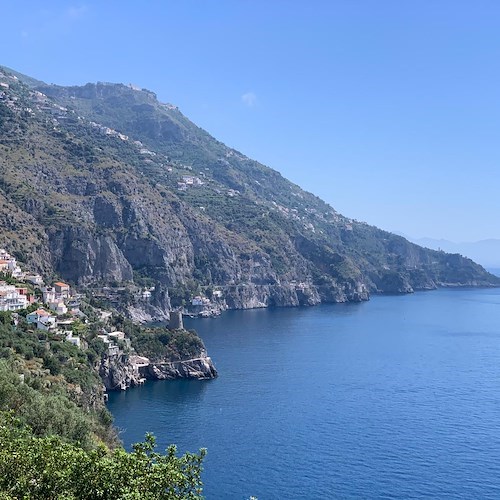
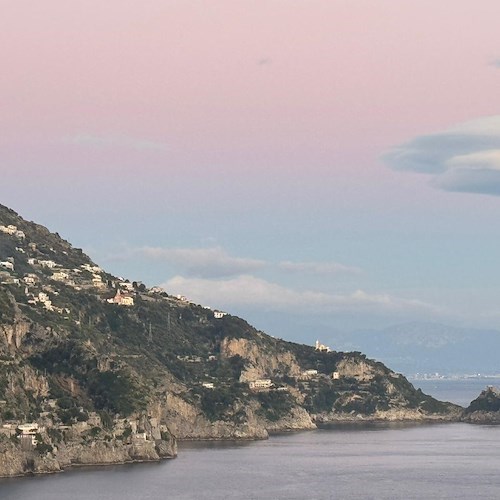
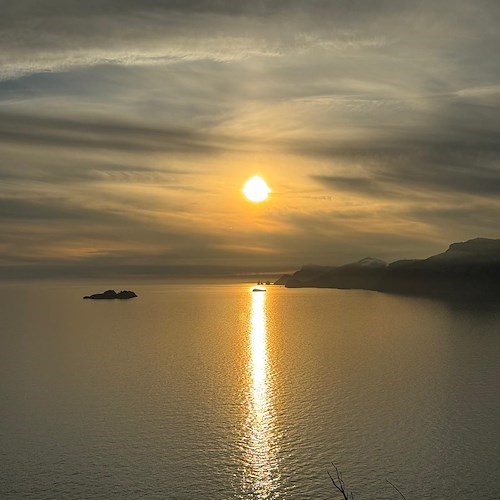
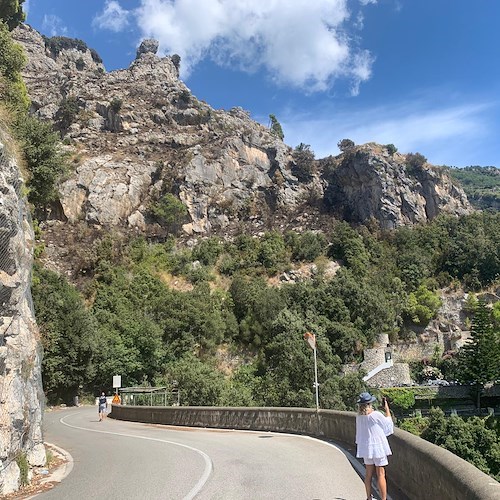
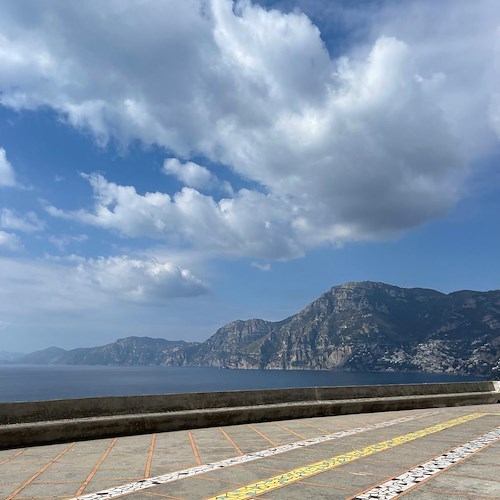
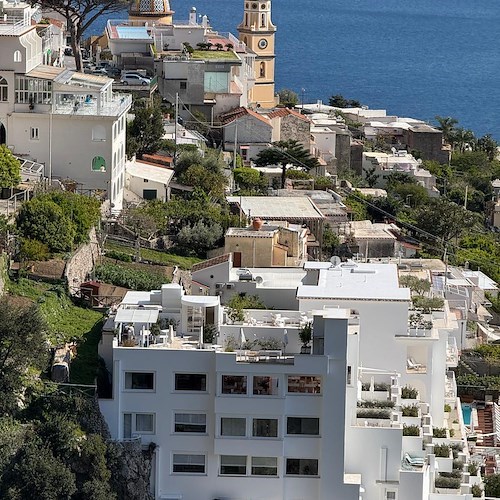
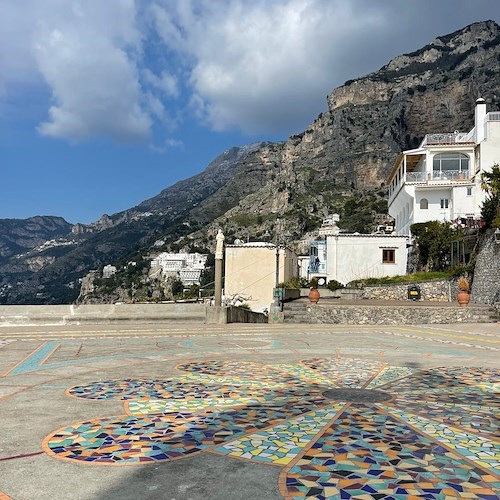
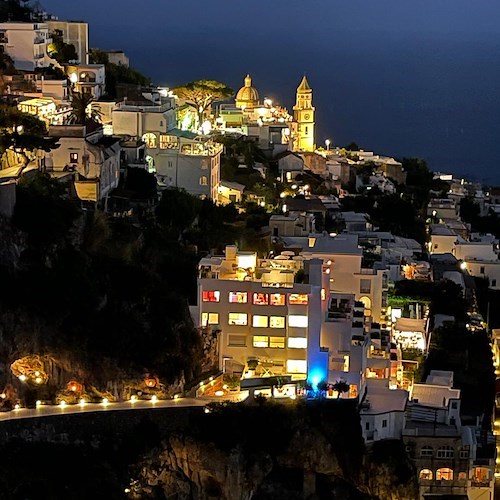

rank: 10384109
Perched on a rocky outcrop at 365 meters above sea level, Ravello sits in the heart of the Amalfi Coast, overlooking the entire Gulf of Salerno. It is one of the most beloved destinations along the "Divine Coast," thanks to its irresistible charm and worldwide fame—a perfect blend of art and music that...
The beauty of the Amalfi Coast never ceases to amaze, but there are moments when nature seems to outdo itself. This is the case with this stunning aerial shot, taken at dawn by Vietri-born photographer and entrepreneur Carlo De Felice, capturing the magic of the first light of day as it gently touches...
Land between the mountains ("intra montes" in Latin), Tramonti is a wonderful town on the Amalfi Coast, set at the foot of the Lattari Mountains and surrounded by a suggestive bucolic landscape consisting of about 145 acres of woods, terraces cultivated with lemon trees, olive trees, and vineyards. The...
Driving from Salerno, Vietri sul Mare is the first of the 13 pearls of the Amalfi Coast, located in the most sheltered spot of the eponymous gulf. Set at the foot of Monte San Liberatore, it overlooks the valley of the Bonea River. Vietri sul Mare is celebrated worldwide for its vibrant, polychrome ceramic...